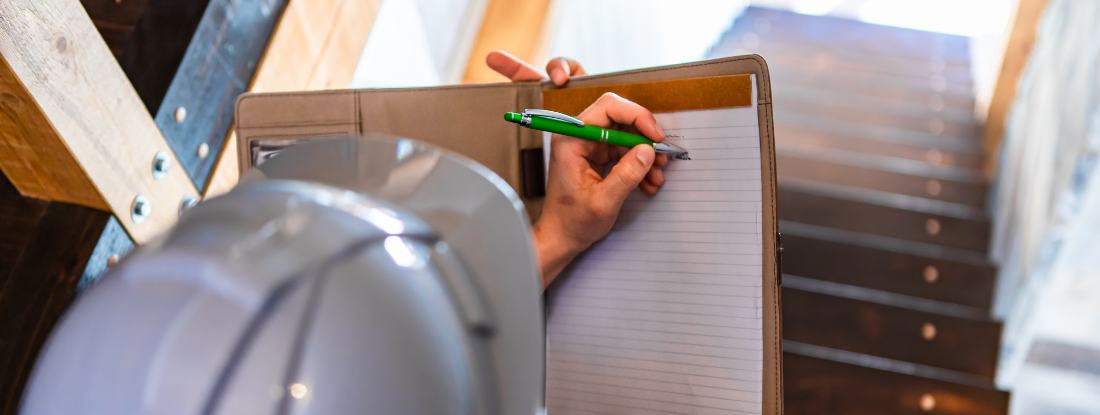Guaranteeing Post Remediation Verification Accuracy
Guaranteeing Post Remediation Verification Accuracy
Blog Article
Effective Article Mold And Mildew Removal Solutions for Your Home
Mold development in homes can be a consistent issue, usually needing a methodical approach for efficient post-remediation services. From recognizing the aspects that contribute to mold and mildew advancement to implementing appropriate cleaning strategies and dampness control steps, the procedure can be elaborate yet essential for keeping a healthy living setting. After mold remediation.
Comprehending Mold And Mildew Growth Aspects
Mold development is affected by a variety of aspects that are important to understand in order to successfully attend to and stop its spreading. Comprehending these aspects is vital in executing effective mold and mildew removal strategies. The main aspect adding to mold and mildew development is moisture. Mold spores need wetness to sprout and grow, making damp or humid environments extremely susceptible to mold invasions. Poor ventilation can additionally result in moisture accumulation, developing an optimal reproduction ground for mold.

Additionally, air movement and light exposure can affect mold growth. Locations that lack appropriate air flow and natural light are a lot more prone to mold growth. By dealing with these variables comprehensively, people can effectively reduce mold and mildew growth and secure their living environments.
Appropriate Mold And Mildew Cleaning Methods
Utilizing efficient cleansing methods is necessary in stopping the recurrence and attending to of mold and mildew contamination in indoor atmospheres. When dealing with mold, it is vital to prioritize security by wearing protective equipment such as handwear covers, safety glasses, and masks. The first step in appropriate mold and mildew cleansing is to have the affected location to stop the spread of spores to uncontaminated areas. This can be achieved by sealing the area and utilizing air scrubbers or unfavorable air makers to keep air top quality.

Implementing Wetness Control Actions
To effectively protect against mold and mildew growth and contamination in interior atmospheres, implementing dampness control procedures is critical. Additionally, making certain appropriate ventilation in areas susceptible to moisture accumulation, such as restrooms and cooking areas, can assist reduce the threat of mold development. By diligently carrying out these moisture control here are the findings procedures, homeowners can successfully lower the possibility of mold and mildew recontamination and maintain a healthy interior environment.
Utilizing All-natural Removal Solutions
After successfully applying moisture control procedures to stop mold growth in interior settings, homeowners can now discover the read more effectiveness of natural remediation options in keeping a healthy and balanced home. All-natural removal solutions use eco-friendly methods to deal with mold and mildew, making them a popular choice for those looking for safe options. One such remedy is utilizing vinegar, a natural antimicrobial representative, to clean and disinfect surfaces contaminated by mold. Simply water down vinegar with water and spray it onto the impacted areas, enabling it to sit for a few hours before wiping clean. Additionally, tea tree oil, known for its antifungal properties, can be combined with water and sprayed onto mold-infested surfaces to inhibit more development. One more natural choice is hydrogen peroxide, which can efficiently kill mold on various surfaces without leaving hazardous residues behind. By incorporating these all-natural removal options right into their cleaning routines, house owners can efficiently fight mold growth while advertising a much healthier indoor environment on their own and their family members.

Keeping a Mold-Free Environment
Routinely inspecting locations vulnerable to mold and mildew growth, such as restrooms, attics, kitchen areas, and cellars, is vital. Appropriate ventilation in locations with high humidity degrees is likewise essential to avoiding mold and mildew development.
In addition, maintaining tidiness in the home is crucial for mold and mildew avoidance. Maintaining interior plants in check and making sure correct drain in exterior landscape design can minimize moisture build-up, decreasing the chance of mold invasions.
Conclusion
Finally, it is important to Home Page attend to mold development factors, make use of proper cleansing techniques, apply dampness control actions, use all-natural remediation remedies, and maintain a mold-free atmosphere in order to effectively deal with message mold and mildew remediation in your home - Post Mold Remediation. By complying with these methods, you can stop mold from recurring and make sure a healthy living atmosphere for you and your family
The main variable adding to mold growth is wetness. Mold and mildew spores call for wetness to prosper and sprout, making humid or moist atmospheres highly at risk to mold and mildew infestations.To efficiently stop mold and mildew development and contamination in interior settings, carrying out dampness control measures is critical. Additionally, making sure correct air flow in locations prone to moisture accumulation, such as washrooms and cooking areas, can aid lower the threat of mold and mildew development.After successfully implementing moisture control measures to prevent mold and mildew development in interior atmospheres, homeowners can now explore the effectiveness of natural removal solutions in keeping a healthy and balanced living room.
Report this page